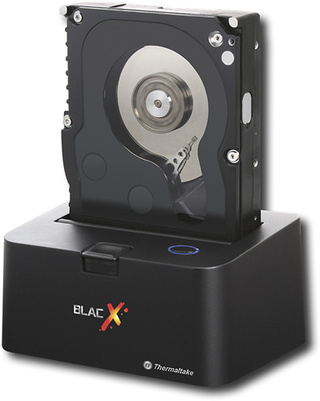As I write this I am sitting here watching a progress bar creep by at a snail’s pace. I’ve got to get a PTX out from a registration before I quit for the day. Unfortunately, it’s about 62 GB and it’s taking forever to export. It’s got me thinking about all the data within three feet of my desk chair and the many, many hours of work it took to produce it. Frankly, it scares me a bit.
I can only think of a couple of times when a client asked me to go back into archived data for more work, but if I lost everything it would definitely cost me on several ongoing projects. This, of course, brings us to the topic at hand, our data archiving procedures.
There was a time when I duplicated my scan archive every month, took the duplicate home and considered myself safe. Then I was asked to access an old database. I pulled the IMP file and loaded it into Cyclone only to find out that the IMP which had been authored in Cyclone 5.1 was not readable by Cyclone 6.0.4. It took some doing (alternate workstation, Cyclone 5.2 install, temp license) but I was able to export a PTX that could be used by newer version of Cyclone. That’s when I decided to make a PTX of the final registered point cloud whenever I was ready to archive a project. It’s also when I started buying RAID arrays, because those PTX files were big. The aforementioned 62GB PTX came from a 27GB IMP file, so now I was more than doubling my storage needs.
After about two years of this, I went to retrieve a file from a USB RAID array that had been unplugged and on a shelf for almost a year. I plugged it in and promptly discovered that a circuit on the board had burned out and none of the data was retrievable. I got out of that one by buying another enclosure that had the same oxford chipset on the board…
So where am I now? Somewhere in the middle. I researched putting everything on the cloud but between the enormous file sizes and a few clients that prohibit offsite storage of their data it just wasn’t practical, so I went ultra lo-tech. I have a eSATA HDD docking port that I plug bare HDDs into. It is a lot cheaper than the enclosures (and has less parts to fail). They are easy to move around so I’m back to rotating different drives to take offsite in case either office or house go up in flames! However, I’m still up in the air on the format. I’m excited about the new e57 standard but like the PTX it requires an additional export that is not necessary for production deliverables.
I remember performing a data inventory when we first got a DVD burner. I was handed boxes of floppy disks, many rubber-banded together to note their relation to one project or another. After three days I emerged with two trash bags full of media and three DVDs. I keep waiting on that moment with point cloud data. Until then, I’ll be the guy loading his trunk full of HDDs every Friday afternoon.






